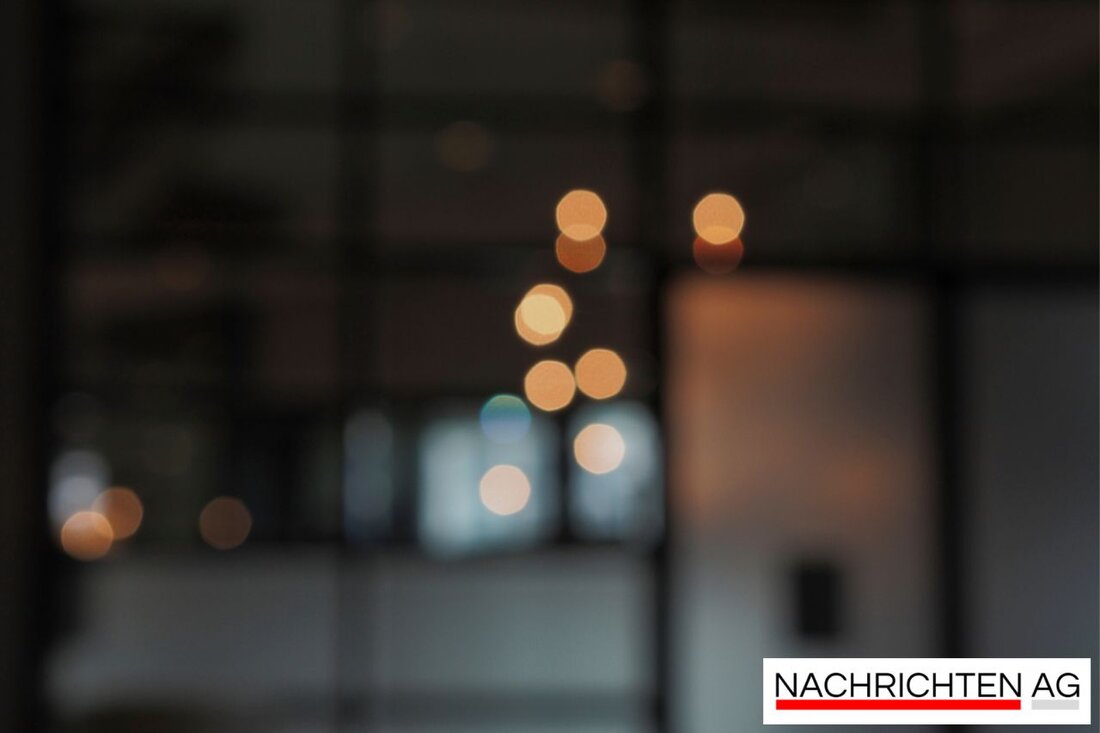West German management in the GDR Museum: Excitement and protest in East Germany!
Christine Gerbich becomes the new director of the GDR museum "Utopia and Everyday Life" in Eisenhüttenstadt, which causes controversy.

West German management in the GDR Museum: Excitement and protest in East Germany!
In Eisenhüttenstadt, the “Utopia and Everyday Life” museum will be directed by Christine Gerbich from October 1, 2025. The West German, who was born in Mannheim in 1972, prevailed against 28 competitors and her appointment has been heavily criticized in the region. Many East Germans find it an affront that a West German takes over the management of a GDR museum. A Facebook post on the topic has already collected comments calling for a boycott of the museum and making clear their dissatisfaction with the decision. Nevertheless, Gerbich does not see her background as a disadvantage, but rather as an asset, since as an outsider she can notice things that often seem self-evident to East Germans.
The “Utopia and Everyday Life” museum houses an impressive collection of around 170,000 exhibits, including furniture, records and bed linen from everyday life in the GDR. The former museum director not only brings a wealth of experience with her, but also wants to make the museum a meeting place for various groups in society. She plans to initiate collaborations with local associations and refugees in order to integrate the museum more closely into city life. This would not only increase the importance of the institution, but also promote a new, lively culture of exchange.
Financial support and future plans
Another tailwind for the museum comes from a new five-year funding agreement signed last Tuesday. From 2024, the annual funding for the Documentation Center for Everyday Culture in the GDR will be increased from 150,000 euros to 230,000 euros. Culture Minister Manja Schüle, who praised Gerbich as an experienced and successful museum director, asked for attention to the quality of the work and added that the number of visitors should not be the only measure of a museum's success.
The new director is also planning a permanent exhibition, which will open on the 40th anniversary of reunification in 2029. This decision could help to make the museum known nationwide, which District Administrator Frank Steffen is also committed to. The Oder-Spree district supports the two cultural institutions - the documentation center and the Beeskow art archive - with total annual funds of around 547,000 euros.
A look into the past
Gerbich herself never experienced everyday life in the GDR, but she deals intensively with this topic. Her previous work at the State Art Collections in Dresden broadened her horizons of experience. She describes that her work is about establishing connections between everyday culture, art and the political framework. The documentation center’s collection provides the perfect basis for this.
The Beeskow art archive, which also belongs to the museum, includes around 18,500 works of fine and applied art as well as amateur work. The combination of these two institutions in particular offers great potential for a diverse examination of the everyday history of the GDR. Christine Gerbich has made it her mission to stimulate this dialogue and to make different perspectives on everyday life in the GDR accessible.
With their commitment, the “Utopia and Everyday Life” museum could not only become a place of remembrance but also of encounters in the future. Whether audiences will accept this new course remains to be seen. Nevertheless, it is clear that Christine Gerbich wants to bring a breath of fresh air into Eisenhüttenstadt culture and is looking forward to the challenge.

 Suche
Suche